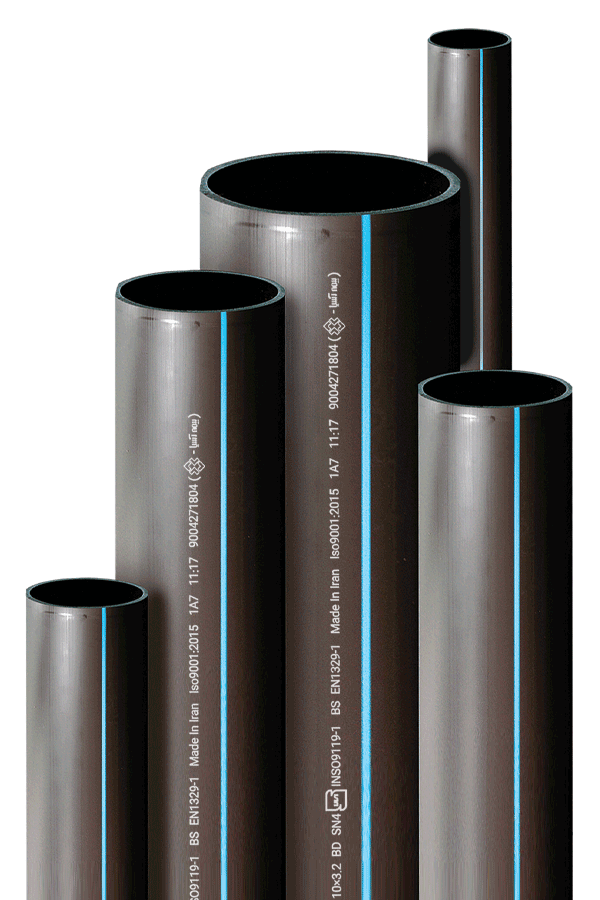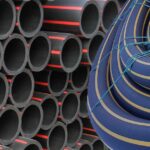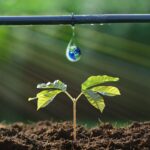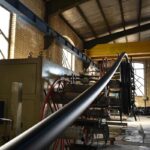What is pressurized irrigation?
- Article
- What is pressurized irrigation?
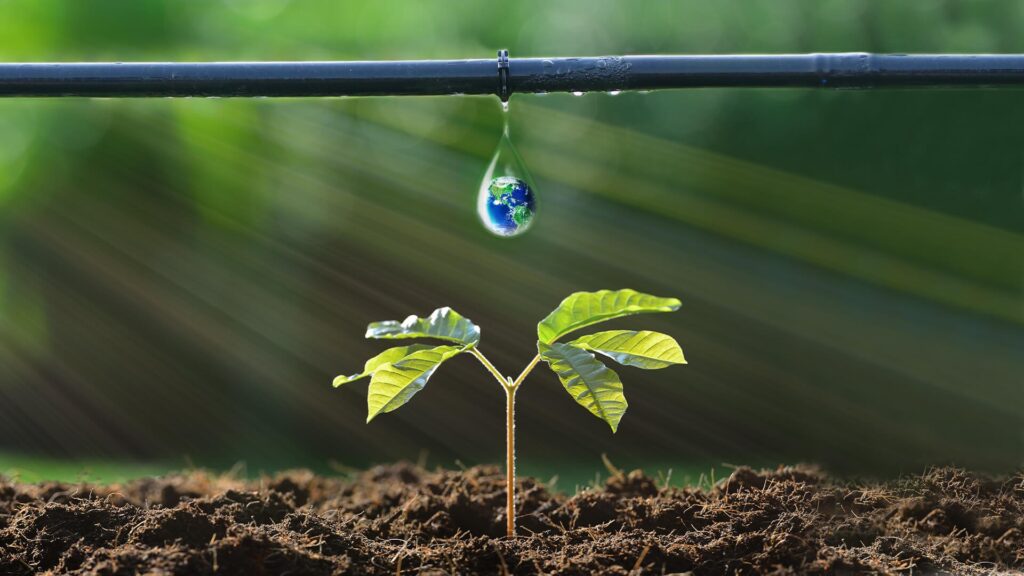
- July 4, 2023
- 10:10 am
What is pressurized irrigation?
Perhaps the first and most important factor in irrigation of different agricultural crops is appropriate irrigation of agricultural lands. Different irrigation methods have been used in the past and pressurized irrigation has had huge demand among them all. The advantages of pressurized irrigation method have led everyone to use this method to irrigate their lands.
In the past, people and farmers transferred water to different parts of agricultural lands by manually digging canals. Others dug up wells to create a water source for their lands. Some farmers also resorted to dryland farming which depended on natural rainfall. But what would happen to dry-farmed crops at times of drought?
On the other hand, traditional methods of irrigation caused water inefficiency. Gradually and along with the advancements in knowledge and technology, everyone came to understand the importance of water resources. Nowadays, people make an effort to discover even the smallest water resources and develop water management plans. Studies about the available water resources in the last decades has indicated a water crisis.
This led farmers to follow modern irrigation methods since the advantages of pressurized irrigation is evident to everyone. Pressurized irrigation is simply defined as a method in which pressures as high as one atm is applied to water. This pressure pushes water to different parts of land to irrigate them.
The advantages of pressurized irrigation
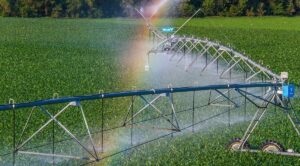 Pressurized irrigation
Pressurized irrigation
In this section, we will give a detailed explanation of the advantages of pressurized irrigation. The advantages of pressurized irrigation are generally as follows:
- In this type of irrigation, you will not witness any sort of weed growth on the farmland or even gardens. That is because in this method only the desired sites of the field are irrigated. In other words, other sites are left dry and this prevents weed growth.
- In this method water is delivered through an underground piping system.
- It is the best method for irrigation of areas with uneven grounds.
- This irrigation system has no time limitation and vast areas of farmlands might be irrigated at any hour.
- According to the latest agricultural acts, farmers using this irrigation method receive government support.
- You might also prevent the accumulation of salt and minerals on soil surface by using this method.
- One of the most important advantages of pressurized irrigation is that farmers will be able to use pesticides and fertilizers, prune and even harvest their crops along with irrigation. That is because this method leaves dry surfaces for farmers to walk across.
- Another advantage of this method is that it allows irrigation of areas containing clay and gravel.
- Moreover, pressurized irrigation is cost-effective and reduces the economic burden of the work.
Different types of pressurized irrigation
As you know, nowadays using human labor for irrigating crops is not cost-effective. In addition, pressurized irrigation is efficient and fulfills the needs of the world population. Now that you have learned the advantages of pressurized irrigation let us introduce different types of this irrigation method:
- Drip irrigation
- Sprinkler irrigation
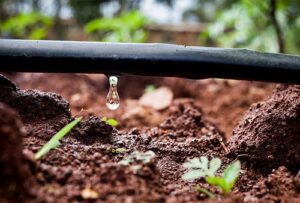 Drip irrigation
Drip irrigation
Drip Irrigation
As you see in the picture, drip irrigation is the slow distribution and dripping of water. In the following section we will explore the advantages of drip irrigation method. In this method water constantly drips into the soil from above or below the soil surface. In this type of irrigation there is a consistent water supply to different sites based on their water needs.
This method is used to irrigate plants, bushes, trees, and all types of gardens. Different components of drip irrigation system include a high pressure pump, filters, main and sub-main piping networks, lateral lines, emitters and drippers. It is necessary to know that drip irrigation is done in different ways:
- Garden irrigation is done in three ways:
- Using different sub-surface irrigation systems with soaker hoses. The system works by dripping water into the lower parts of the soil.
- Another garden irrigation method is drip irrigation system which can be used based on crop type.
- Bubbler system is another method used in irrigating garden crops that is based on drip irrigation with a difference that it uses a higher amount of water compared to the drip system, sometimes 20 to 200 liters per hour.
- Tape drip irrigation is used to water row crops like tomatoes.
The advantages of drip irrigation
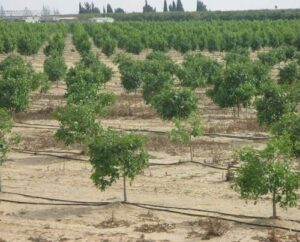 Drip irrigation
Drip irrigation
The advantages of drip system in pressurized irrigation is as follows:
- It helps faster delivering of water to plants
- Prevents soil corrosion
- It requires less human labor
- It is possible to water uneven lands and use fertilizers
- It prevents weed growth
- It prevents energy loss
- It helps accurate irrigation control
Sprinkler irrigation
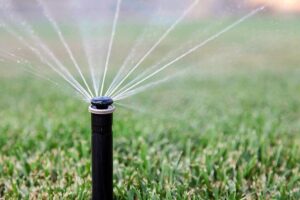 Sprinkler irrigation
Sprinkler irrigation
In this section we will introduce the advantages of the second type of irrigation system. As you can see in the picture, sprinkler irrigation is a method of distributing water on farmlands using sprinklers. The reason for naming it sprinkler is that it delivers water to different parts of land similar to natural rainfall.
Different components are used in this system including a high pressure pump, main and sub-main piping networks, and laterals. Sprinkler irrigation has different types:
- Hose reel & boom irrigation system: this system is used for supplemental irrigation. The sprinklers have a high flow rate, are directly connected to the central pump, and rolled by a special reel.
- Wheel move or roll line system: by using this system you will be able to water a 10-acre land during one irrigation set which lasts about 12 days. A laterals are placed on a wheel with sprinklers mounted at a height of 12 meters.
- Center pivot irrigation system: there is a long span structure rotating around a central pivot that moves on wheels. Sprinklers are placed under the spans to apply water to crops.
Other types of sprinkler irrigation systems
In this section we will talk about three more types of sprinkler irrigation systems.
- Classic sprinkler system: the lateral pipes in the classic irrigation system are galvanized or polyethylene pipes. lateral pipes are installed by the employer and sprinklers are mounted on them. In each irrigation set water is applied to an area as long as the length of the lateral and as wide as 30 meters. After completion of each set the lateral moves 15 meters forward and repeats the cycle.
- Fixed irrigation system: this method is used to irrigate green spaces. In the fixed system sprinklers are permanently installed on polyethylene pipes. the pipes are buried in the ground in strips.
- Semi-fixed irrigation systems: in this type of irrigation system polyethylene pipes are buried in the ground in strips. it is different from the fixed system in that the sprinklers are not permanently installed and can be manually move.
The advantages of sprinkler irrigation
The advantages of the sprinkler irrigation system are as follows:
- It is cost-effective since it requires less human labor and lower water consumption
- It prevents vaporization of hot water and therefore is suitable to use in hot areas
- It highly prevents soil erosion and weed growth
- It is the best method for irrigating grass, ornamental plants, fruit trees, and row crops.

